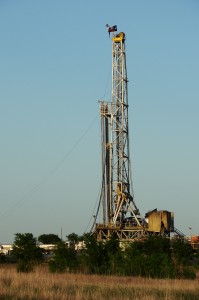Hurricane Sandy devastated coastal areas in New York City and the surrounding region. While power is back on and life is returning to normal in most neighborhoods, hard hit areas are still in need of assistance as they struggle with a continued lack of electricity, serious damage to buildings, and, in many cases, the loss of friends and neighbors.
Congregations throughout the region were profoundly affected, with many houses of worship experiencing flooding or wind damage, or extended periods with electricity. And faith communities have responded to the disaster by opening their doors to storm victims, coordinating relief efforts to get supplies and volunteers to stricken areas, and making sure that people displaced by the storm had somewhere to go for prayer and comfort.
NYIPL member congregations in New York City have experienced the storm’s impact in a very immediate way. Below are some of their stories:
- The Cathedral of St. John the Divine suffered significant damage to trees on the grounds, but no serious damage to the building. The Cathedral Community Cares program has been coordinating volunteers to aid in relief efforts both at the Cathedral and in damaged areas. They are assembling a guide for people who want to help out that will be posted on their website shortly. For more information, visit cathedralnyc.org and the Cathedral’s Facebook page.

One of the Cathedral of St. John Divine’s famous peacocks in front of downed tree limbs. Photo credit: Isadora Wilkenfeld. - St. James’ Church is working closely with the Episcopal Diocese of New York to coordinate relief efforts, including food drives and housing for displaced families. They are encouraging their congregants to work through establish relief agencies like Episcopal Relief and Development. For more information, visit stjames.org and the Church’s Facebook page.
- St. Michael’s Church is also working with the Episcopal Diocese of New York’s storm relief efforts. The Church has coordinated with congregations in the most affected areas to bring supplies and volunteers to where they are needed. St. Michael’s congregants made thousands of sandwiches at the Church and transported them to Holy Apostles Soup Kitchen in the Chelsea neighborhood of Manhattan, which had lost power after the storm. For more information, visit saintmichaelschurch.org and the Church’s Facebook page.
- Sisters of Charity of New York collected more than $10,000 for storm relief efforts, and has been transporting vanloads of much-needed supplies to Mount Loretto, which is serving as the Archdiocese of New York’s primary receiving center for Sandy aid on Staten Island. Sisters of Charity has also helped direct supplies to Queens Congregations for United Action, an interfaith coalition, which is coordinating relief efforts in the Rockaways, Howard Beach, and Broad Channel. For more information, visit scny.org.
- Trinity Lower East Side Lutheran Church’s basement flooded, destroying food supplies for Trinity’s Services and Food for the Homeless program, which serves hundreds of people a day through its soup kitchen and food pantry.






